
Homestyle Stuffed Peppers I used a combination of this recipe and one
Simply create a solution using one tablespoon of Epsom salt per gallon of water. Use this to water the plant every three to four weeks. Alternatively, you can fill a spray bottle with the solution and apply directly to the leaves. Be sure the leaves are soaked thoroughly, and do this once a month.
For the Love of Food Hot Peppers Growing A Hot Pepper Plant In Your
The soil that peppers are grown in should be kept fairly dry. The amount of moisture in the soil should be kept to a minimum, watering hot peppers only when the leaves start to show the first signs of wilting. Watering more frequently will lead to a more mild pepper than expected! If there is a lot of rain keeping soil dry could be difficult.
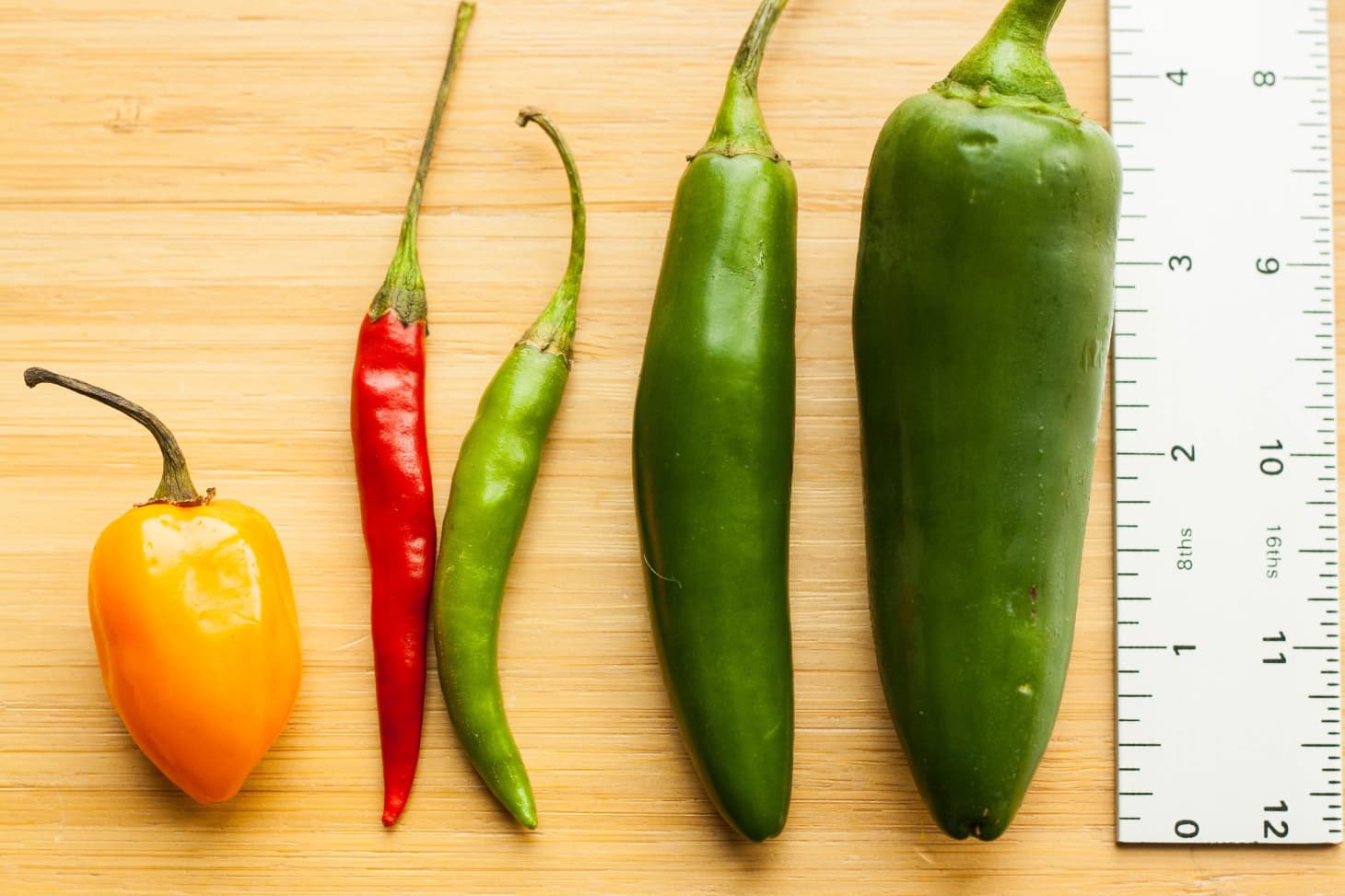
A Guide to Common Hot Peppers Kitchn
When it comes to growing peppers, there are several ways to ensure that they come out hotter and spicier. Whether you are growing jalapenos, habaneros, or any other type of pepper, there are a few tricks that can help boost the heat levels. Below are some tips on how to make your peppers hotter when growing. Plant Stress. One method to make.
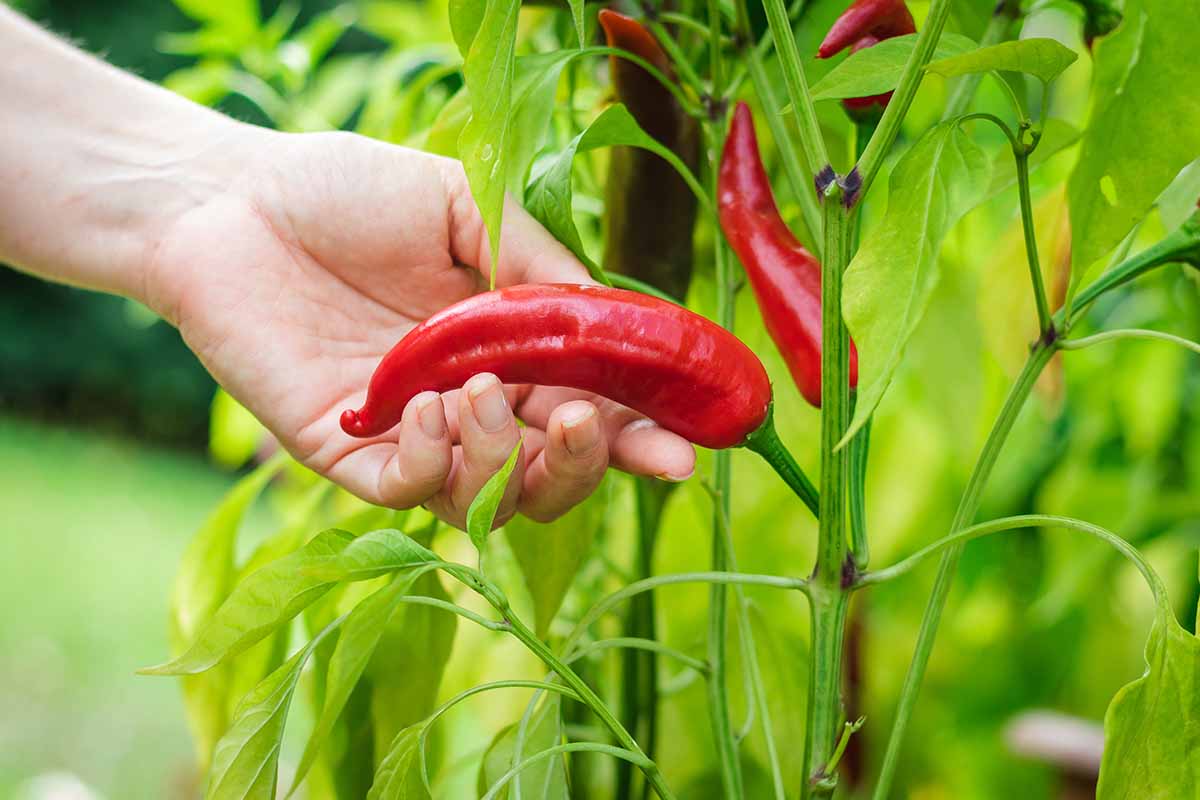
How to Choose the Perfect Pepper Expert Picking Tips My Heart Lives Here
Start the seeds with wet paper towels and a zipper bag. Fold 2 paper towels separately into small squares. Wet the paper towels with room temperature water. Place the seed on 1 paper towel and lay the other towel on top of that. Grab a zipper bag and slide the wet towels with the seed into it.
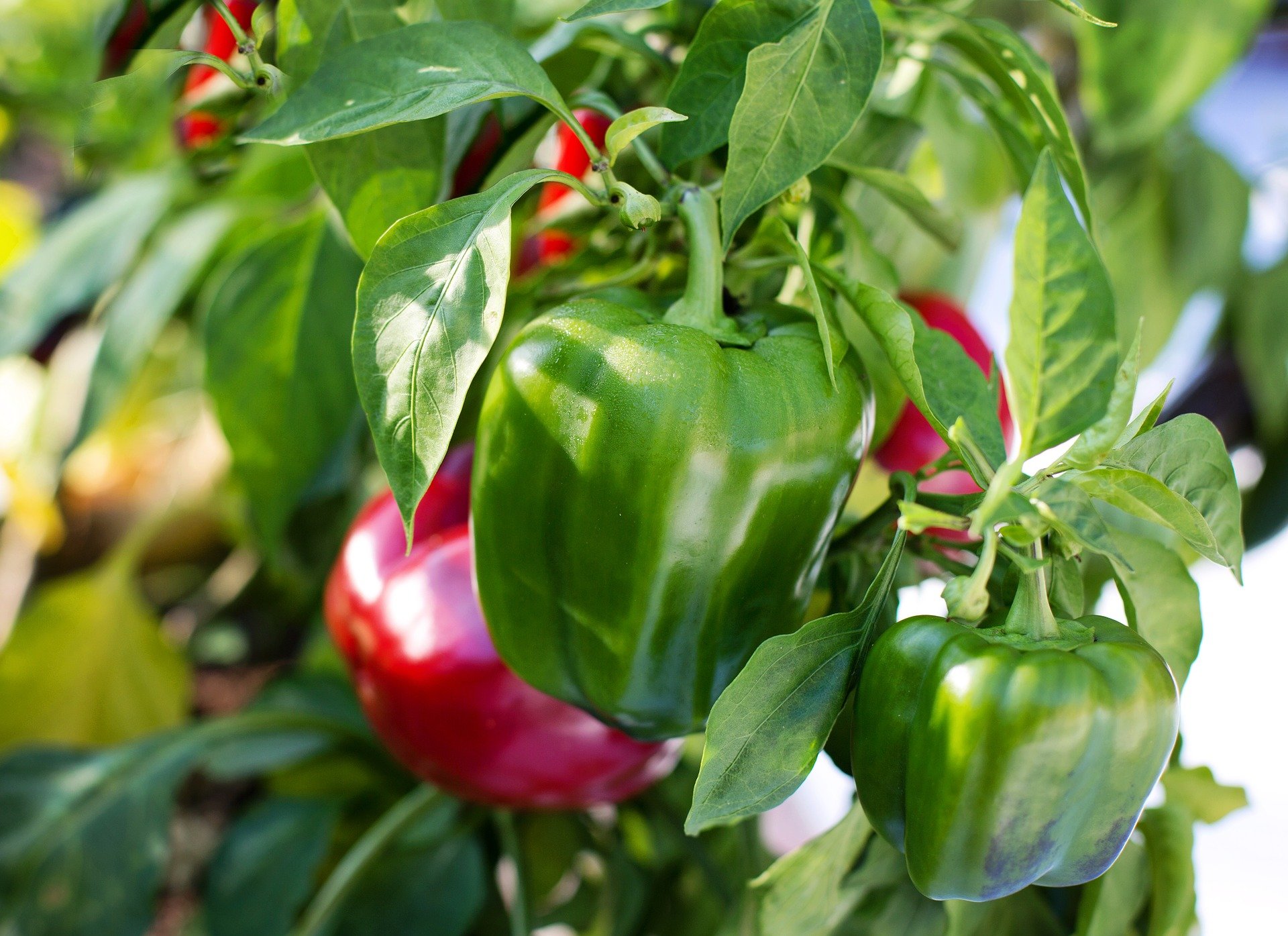
Growing Peppers in a Greenhouse Access Garden Products
1. Stress your plant with less water and harvest before watering or rainfall. This is a bit controversial, but it's one of the surefire ways to get your peppers hotter. The easiest way to stress your plant is by cutting the water. You don't want to kill your plant, but you want it to experience drier conditions.

How to grow hotter peppers myths and facts Spicy Exchange
Rinse and clean the peppers with water, and place on a clean towel and dry. Next, remove the top stem by slicing off the top of the pepper with a sharp knife. Do not remove the inner seed core. This is what will give the homemade hot pepper flakes their heat! Place the peppers on an aluminum foil-covered baking sheet.
Types of hot peppers 🌶 r/coolguides
Here are some proven ways to ensure your peppers pack a punch. 1. Stress your plants. While we rarely recommend stressing your plants, many studies have shown that stressed pepper plants produce more capsaicin. Pungency increases with stress from high temperatures, drought, and imbalances in soil fertility.

Harvesting & Canning Hot & Sweet Peppers Stuffed sweet peppers
#pepperplant #hotterchilli #Carolina Reaper #Ghost Pepper Want to grow the insanely-spicy, mouth-burning, tongue-firing chili peppers? These 9 tips on How to.
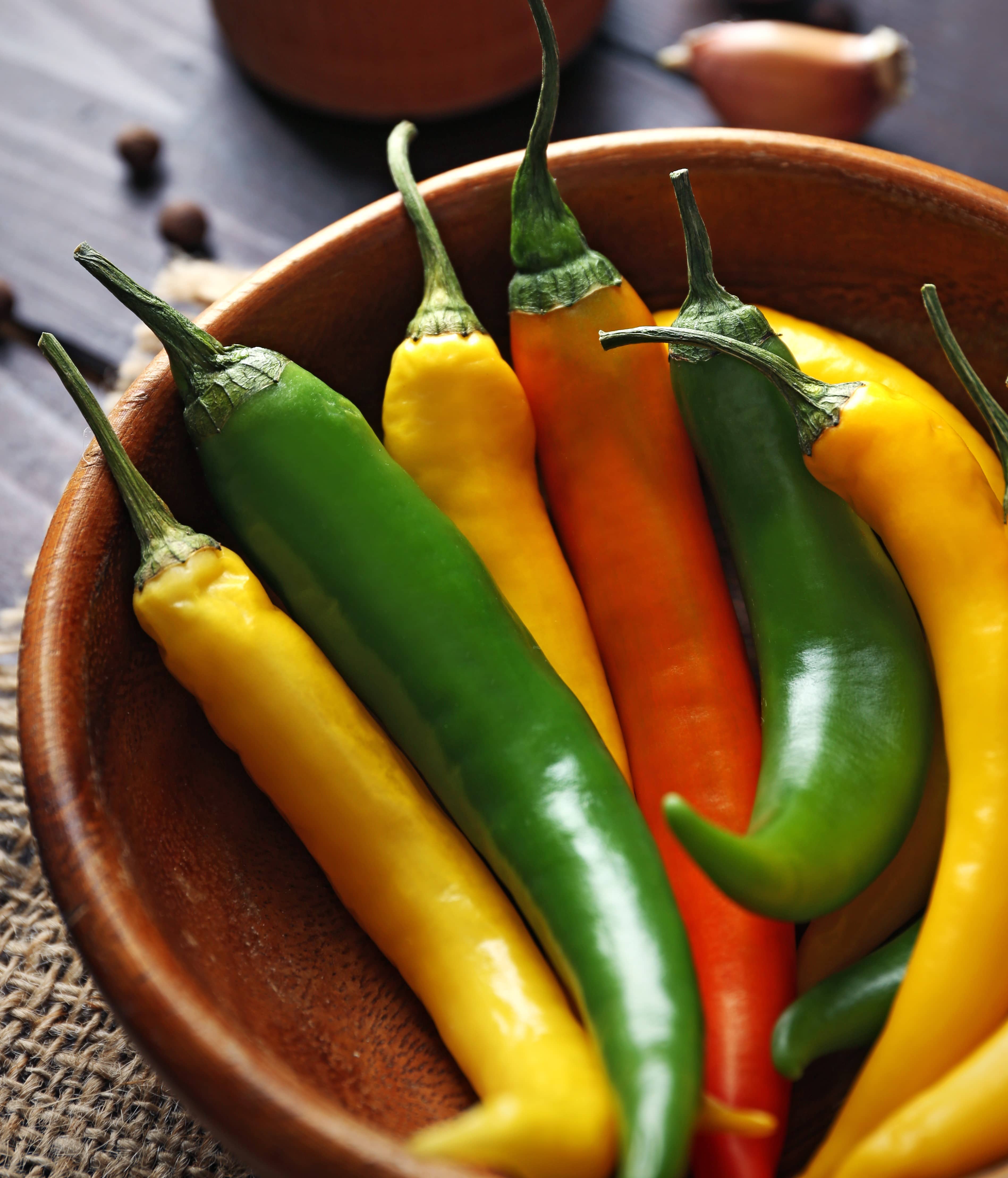
How to Grow Hot Peppers Joybilee® Farm DIY Herbs Gardening
How to Grow Hot Peppers. Tips for Growing Hot Peppers: Plant where they will get at least 10 hours of direct sunlight. This is important - they need SUN and warmth. Plant peppers in well draining, loamy soil. Leave about 18-20" of space between plants (hot peppers need less room in between plants than sweeter varieties).

Easy Stuffed Peppers Recipe I Wash You Dry
The first thing you need to understand is what makes peppers hot. The heat in chili peppers comes from capsaicinoids, a group of chemicals that stimulate the pain receptors in your mouth. The most abundant capsaicinoid is capsaicin, found in the white pith tissue surrounding the pepper seeds. Contrary to popular belief, the seeds themselves do.

How To Make Hot Peppers Hotter Vegetable Garden Blog Stuffed hot
Bury seed about 1/4″ deep with the root pointing down. Cover seed with soil and press down slightly. Pressing down will reduce "helmet heads". Finally, water the seeds and keep adequate ventilation. The seed soaking step with the Seed Germination Accelerator is not to be skipped over. It is a requirement.
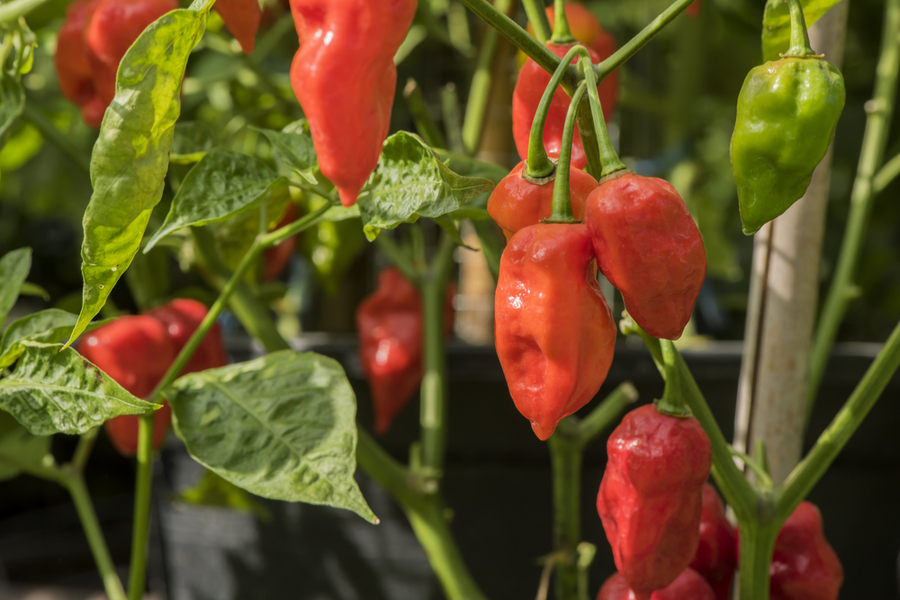
Growing Hot Peppers The Spicy Side Of Gardening!
The internet provides a variety of suggestions for growing hotter peppers, including the following list. Most claims use some form of stress on the plants. Choose a hot variety. Location on the plant. Reduce watering. Keep nitrogen levels low. Add sulfur to the planting hole. Avoid cross pollination.

Pin on English grammar
The tips they find, may sometime be effective, sometime not at all. Many of te tips are as below. Let's find out the tips and the veracity of them. To have a clear conception regarding how to grow hot peppers, please go through the post top to bottom and you'll be able to justify the common believes regarding hot peppers.

Pin on Food
2: Provide Plenty Of Light. Equally important as heat is providing enough light to your pepper plants. Pepper plants should have at least 8 hours of sunlight per day, and more is always better. If possible, make sure that they stay in direct sunlight all day long. During an extra hot fall, sunscald can burn the fruits.
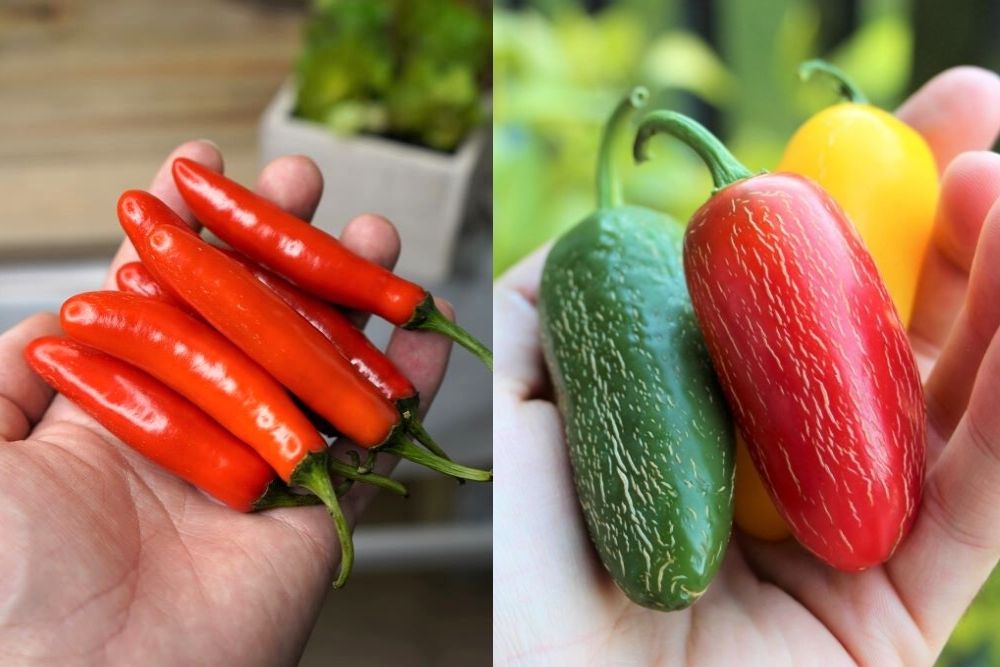
Serrano vs Jalapeño Peppers What Are The Differences? Pepper Geek
Add 1 tablespoon of Epsom salt to a gallon of water and pour it around the base of your pepper plant, following your usual way of watering. Do this in the interval of every 3 to 4 weeks. To learn more about this, don't miss reading how to use Epsom salt for pepper plants. #6. Escape from Cross-Pollination.
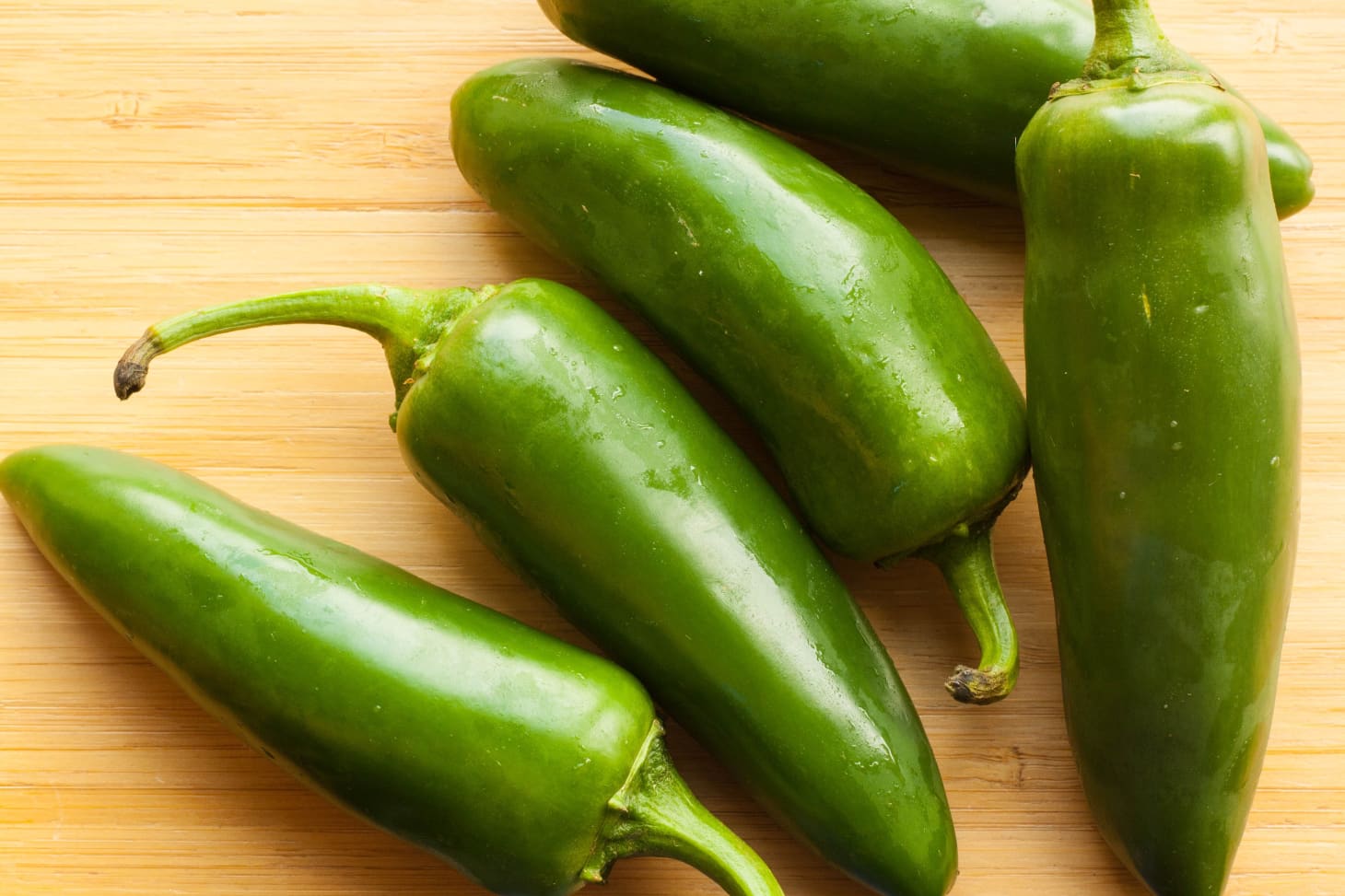
A Guide to Common Hot Peppers Kitchn
5. Plant the chili pepper starts in well-draining soil. Once your starts are about 4 inches (10 cm) tall, dig a 4 to 5 in (10 to 13 cm) deep hole in the soil or in a container. Plant the chili pepper start and cover the roots with soil. Then, water it and let it grow in the sun.